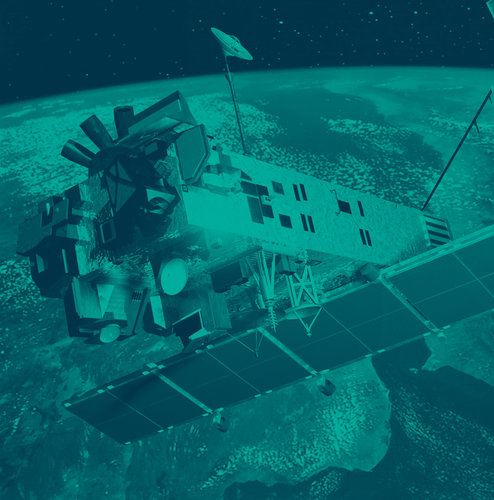GlobIce: mapping the movement of sea ice
An ESA-funded project to model sea ice dynamics using archived radar data from the Envisat and ERS missions has released its first validated datasets for the Arctic winters of 2004–11. Mapping sea ice displacement is key for climate research.
Sea ice profoundly affects the exchanges of heat, water and momentum between the ocean and atmosphere, and plays an important role in oceanic convection and deep-water formation.

The €1 million GlobIce project, which began in 2005 with a consortium of eight partners led by University College London (UCL), measures sea ice motion for use in climate modelling and research.
In support of the Climate and Cryosphere project of the World Climate Research Programme, GlobIce validates sea ice motion, deformation and ice flux.
Radar images of ice displacement, which is determined at intervals of a few days, are used to generate a large number of high-resolution products useful for climate research, such as sea ice velocity maps.
GlobIce products provide Arctic-wide sea ice dynamics data at more than ten times the resolution of any other wide-area satellite-derived products currently available.
“The data which the GlobIce system can provide is essential to understanding the dynamics of the rapidly changing sea ice cover in the Arctic,” said Dr Seymour Laxon, GlobIce project scientist from the Centre for Polar Observation and Modelling at UCL.
“GlobIce can also be used to interpret other critical data, such as the ice thickness measurements now being provided by CryoSat.”
Although the GlobIce project primarily focused on developing operational products for the Arctic region, it has recently been prototyped to generate products over the Antarctic. Sample products of the Antarctic are now available for August and September 2010.
Owing to the different characteristics of south polar sea ice, which makes it difficult to monitor from many low-resolution sensors, there is very little sea ice dynamics data available. GlobIce could be used to fill this gap in the future.

“The increasing complexity and resolution of climate models lead to a demand for comprehensive datasets against which to test them,” said Dr Jeff Ridley, climate scientist at the UK Met Office.
“With GlobIce, we finally have a sea ice dataset which will endure and provide for model evaluation now and in years to come.”











